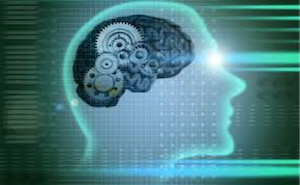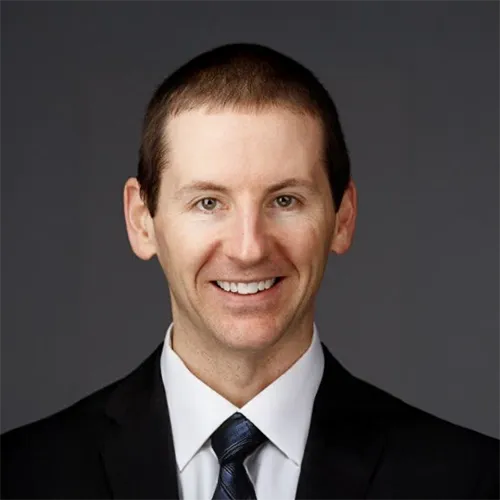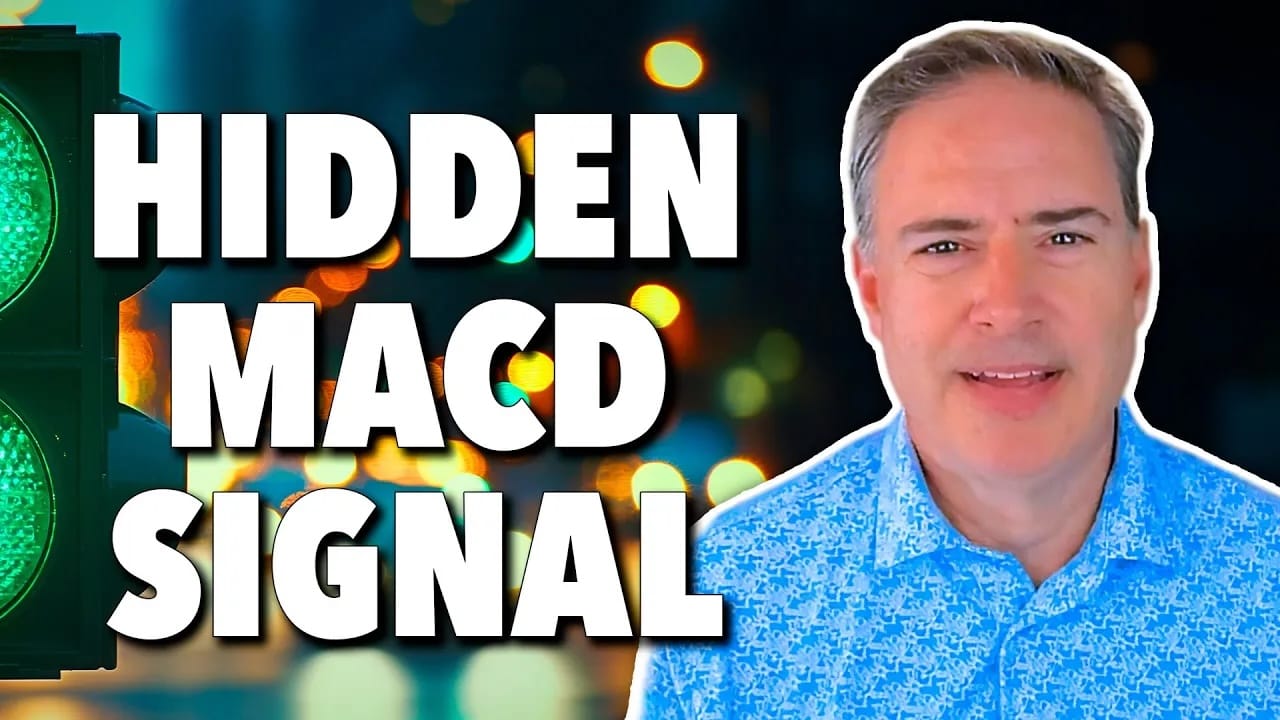Know Thyself III

This is the third article dealing with cognitive biases that totally screw up your decision making. The first article, Know Thyself, covered anchoring, confirmation bias, herding, hindsight bias, overconfidence, and recency. The second article, Know Thyself II, covered availability, calendar effects, cognitive dissonance, disposition effect, and loss aversion/risk aversion. Most of my education on behavioral investing came from books by James Montier, Hersh Shefrin, and Thomas Gilovich. Two great websites for this stuff are from Tim Richards and Martin Sewell.
Communal Reinforcement – Communal reinforcement is a social construction in which a strong belief is formed when a claim is repeatedly asserted by members of a community, rather than due to the existence of empirical evidence for the validity of the claim.
Endowment Effect – “This pattern—the fact that people often demand much more to give up an object than they would be willing to pay to acquire it—is called the endowment effect.” Richard Thaler
“The endowment effect is a hypothesis that people value a good more once their property right to it has been established. In other words, people place a higher value on objects they own relative to objects they do not. In one experiment, people demanded a higher price for a coffee mug that had been given to them but put a lower price on one they did not yet own. The endowment effect was described as inconsistent with standard economic theory which asserts that a person's willingness to pay (WTP) for a good should be equal to their willingness to accept (WTA) compensation to be deprived of the good. This hypothesis underlies consumer theory and indifference curves.” Wikipedia
"Both the status quo bias and the endowment effect are part of a more general issue known as loss aversion." James Montier
"Simply put, the endowment effect says that once you own something you start to place a higher value on it than others would." James Montier
Halo Effect – Experts add little value. Pedigree trumps evidence.
“The halo effect is a simple, pervasive and powerful psychological bias which sees us anchor onto a single positive feature of a person and then indiscriminately apply it to all of their other traits. So if we perceive someone as physically desirable we’re likely to assume that they’re attractive in all other ways as well. This is highly fortunate for those beautiful but bad tempered, foul mouthed and cerebrally challenged personalities who commonly grace our multi-media world.” Tim Richards
Companies will often attempt to use the halo effect by getting celebrity endorsements from completely unrelated but popular celebrities. Still, trading on such a simple psychological trait would be unlikely to fool savvy investors, you’d think.
Overreaction – “…investors overreact to negative news.” Hersh Shefrin
“De Bondt and Thaler argued that investors overreact to both bad news and good news. Therefore, overreaction leads past losers to become underpriced and past winners to become overpriced.” Hersh Shefrin
“Rather, what we find is apparent Under-reaction at short horizons and apparent overreaction at long horizons.” Hersh Shefrin
“What we seem to have is overreaction at very short horizons, say less than one-month momentum possibly due to Under-reaction for horizons between three and twelve months (Jegadeesh and Titman) and overreaction for periods longer than one year (De Bondt and Thaler).” Hersh Shefrin
“The overreaction evidence shows that over longer horizons of perhaps three to five years, security prices overreact to consistent patterns of news pointing in the same direction.” Shleifer
Prospect Theory – Gains are less intense than losses. People hold onto losses too long. People sell winners too soon.
“Prospect theory was developed by Kahneman and Tversky. In its original form, it is concerned with behavior of decision makers who face a choice between two alternatives. The definition in the original text is: “Decision making under risk can be viewed as a choice between prospects or gambles." Decisions subject to risk are deemed to signify a choice between alternative actions, which are associated with particular probabilities (prospects) or gambles. The model was later elaborated and modified”’ Goldberg and von Nitzsch
“Prospect theory has probably done more to bring psychology into the heart of economic analysis than any other approach. Many economists still reach for the expected utility theory paradigm when dealing with problems, however, prospect theory has gained much ground in recent years, and now certainly occupies second place on the research agenda for even some mainstream economists. Unlike much psychology, prospect theory has a solid mathematical basis — making it comfortable for economists to play with. However, unlike expected utility theory which concerns itself with how decisions under uncertainty should be made (a prescriptive approach), prospect theory concerns itself with how decisions are actually made (a descriptive approach).” James Montier
“...get-evenitis is central to prospect theory...” Hersh Shefrin
“...prospect theory deals with the way we frame decisions, the different ways we label—or code—outcomes; and how they affect our attitude toward risk.” Belsky and Thomas Gilovich
Self-Attribution – “Self-attribution bias occurs when people attribute successful outcomes to their own skill but blame unsuccessful outcomes on bad luck.” Hersh Shefrin
Self-Deception – Self-deception is the process of misleading ourselves to accept as true or valid that which is false or invalid.
In the first two articles (see links at beginning of this article), I also included bias tracks; my attempt to show how some of these are related and can build on each other.
Know thyself,
Greg Morris







